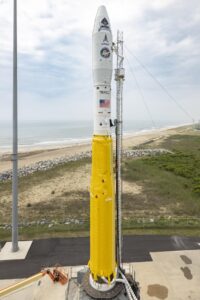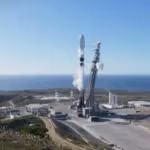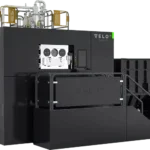
The U.S. Space Force's (USSF) development of a classified space-based ground moving target indicator (GMTI) radar for military commanders is to dovetail with National Reconnaissance Office (NRO) efforts, NRO Director Christopher Scolese said on July 20. "With the radar area, we're working very closely [with USSF] to make sure that what we're doing is complementary," Scolese told a Washington Space Business Roundtable forum. The space-based GMTI radar has a funding line in the USSF budget request for research and development…














